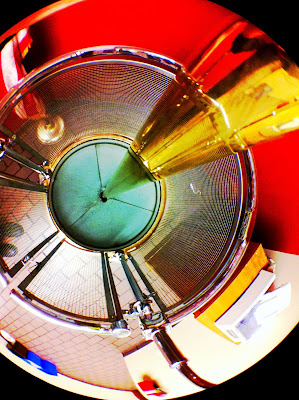Why are Dalmatians known as “fire dogs”?
The origin of the Dalmatian breed can be traced back
centuries. Originally from the Island of
Dalmatia, which is a region of Croatia that lies along the eastern coast of the
Adriatic Sea, these mild-tempered dogs were first brought to England in the early
17th Century. It was soon
discovered that these dogs had a calming effect on horses, which were obviously
the primary mode of transportation in those days. Horseman would keep Dalmatians in the barns
where strong bonds would be established between horse and dog. When the time came to enter into battle,
Dalmatians would run alongside the horses keeping them occupied and distracted
from the chaos unfolding around them.
As time passed, Dalmatians continued to be utilized as
transportation evolved from horseback to wagon and then stagecoach. Because of the Dalmatian’s tendency to take
up position to the horse’s flank and run alongside them, the breed became known
in many cultures as “Coach Dogs”. If you
look at a Dalmatian you will see that they resemble a greyhound in their design
(the dog, not the bus). They are a very
physical breed with a muscular body and can run great distances without
tiring. It was a common sight throughout
the 18th and 19th centuries to see a pair of Dalmatian
dogs traveling with stagecoaches and covered wagons to “run interference” and
protect the horses from snakes, wolves, and other potential threats. At night the dogs would sleep with the horses
to watch and warn of impending horse thieves.
It is because of this long history that the Dalmatian
remains indivisibly tied to the fire service today. While the horse-drawn steamers have long
since been replaced by modern mechanical fire apparatus, the tradition of these
valuable team members lives on.
While most people are
familiar with the black and white variety, Dalmatians can also have red spots
or liver (brown) spots as seen here.
Liver spotted Dalmatians usually have blue eyes as opposed to the dark
brown found in black-and-white varieties.
Did you know that the
Dalmatian’s skin is the same color as its spots? So, if a Dalmatian ever goes bald it would
still look like…a Dalmatian!























